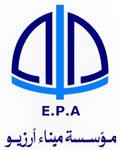

The creation of the Port of Arzew dates back to Roman times (formerly called Portus-Magnus), thanks to the exceptional qualities of its harbor and its position as an outlet for the fertile plains of Sig and Habra. The port has gone through several stages of construction. The first maritime structure was a 60 x 12-meter pier built between 1833 and 1870, now known as Mole 2. Between 1905 and 1982, various works were carried out for its extension and development. With the start of petrochemical units, it became a port specialized in hydrocarbon traffic.
Of more recent construction (from 1975 to 1978), this port is an essential element in the LNG shipping chain. The first LNG loadings took place in 1978. In addition to its gas-related activity, the port also handles other products such as crude oil, condensate, LPG, and liquid ammonia.
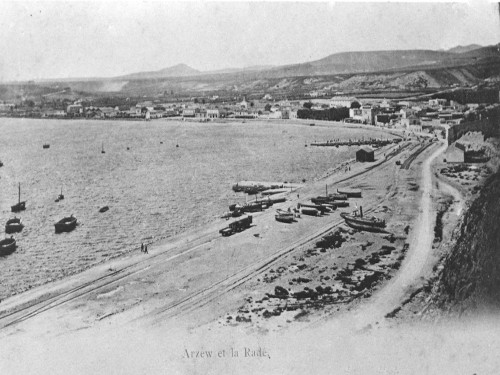
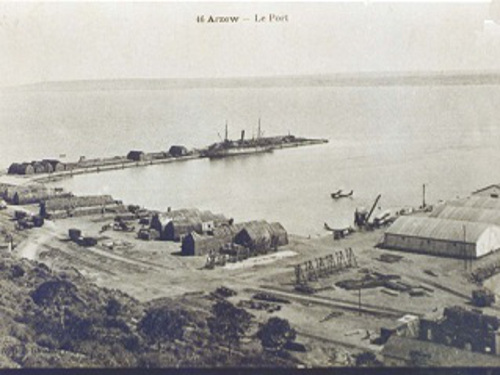
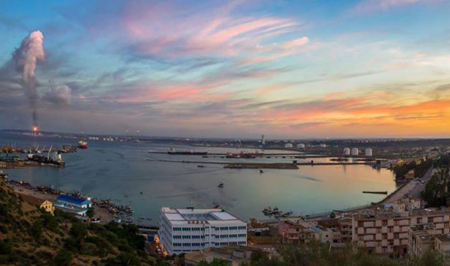
Created on August 14, 1982, by decree No. 82-288 as a Socialist Enterprise of economic character, the Port Company of Arzew, known as “E.P.A”, was transformed on December 25, 1989, into a Public Economic Enterprise (EPE). As a joint-stock company (SPA), its initial capital was set at 150 million Algerian dinars by decision No. 053 of the National Planning Council dated March 21, 1989, and is currently 15.8 billion dinars.
Wholly owned by a single shareholder, the Port Services Group known as "SERPORT/spa", the Company is responsible for managing, operating, and developing the two ports of Arzew and Bethioua. Located along a 22 km maritime strip west of the Bay of Arzew, these ports form Algeria’s main export gateway for hydrocarbons. They have been certified since 2004 under the International Ship and Port Facility Security (I.S.P.S) Code, in compliance with international maritime navigation regulations.
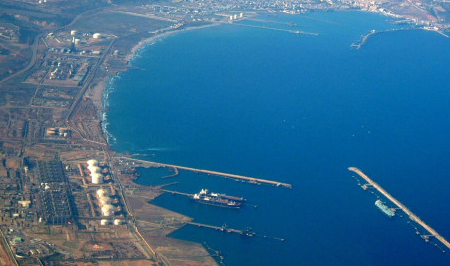

Ideally located, the ports of Arzew and Bethioua have very large operational capacities supported by highly functional facilities suited to the types of traffic they handle. For many years, they have ranked first among national ports, handling 52% of Algeria’s total hydrocarbon traffic. Since June 25, 2014, the Company has been certified ISO 9001:2008 for its Quality Management System (QMS) covering its various port activities. It aims to continue these efforts to ensure the continuous improvement of management process performance over the next five-year plan.
Operation of port equipment and facilities.
Execution of maintenance, development, and renewal works of the port superstructure.
Preparation, in coordination with other relevant authorities, of maintenance, development, and port infrastructure construction programs.
Exercise of the monopoly over stevedoring and port handling operations.
Exercise of the monopoly over pilotage, towing, and mooring operations.
Exercise of port policing and security within the geographical limits of the public port domain.